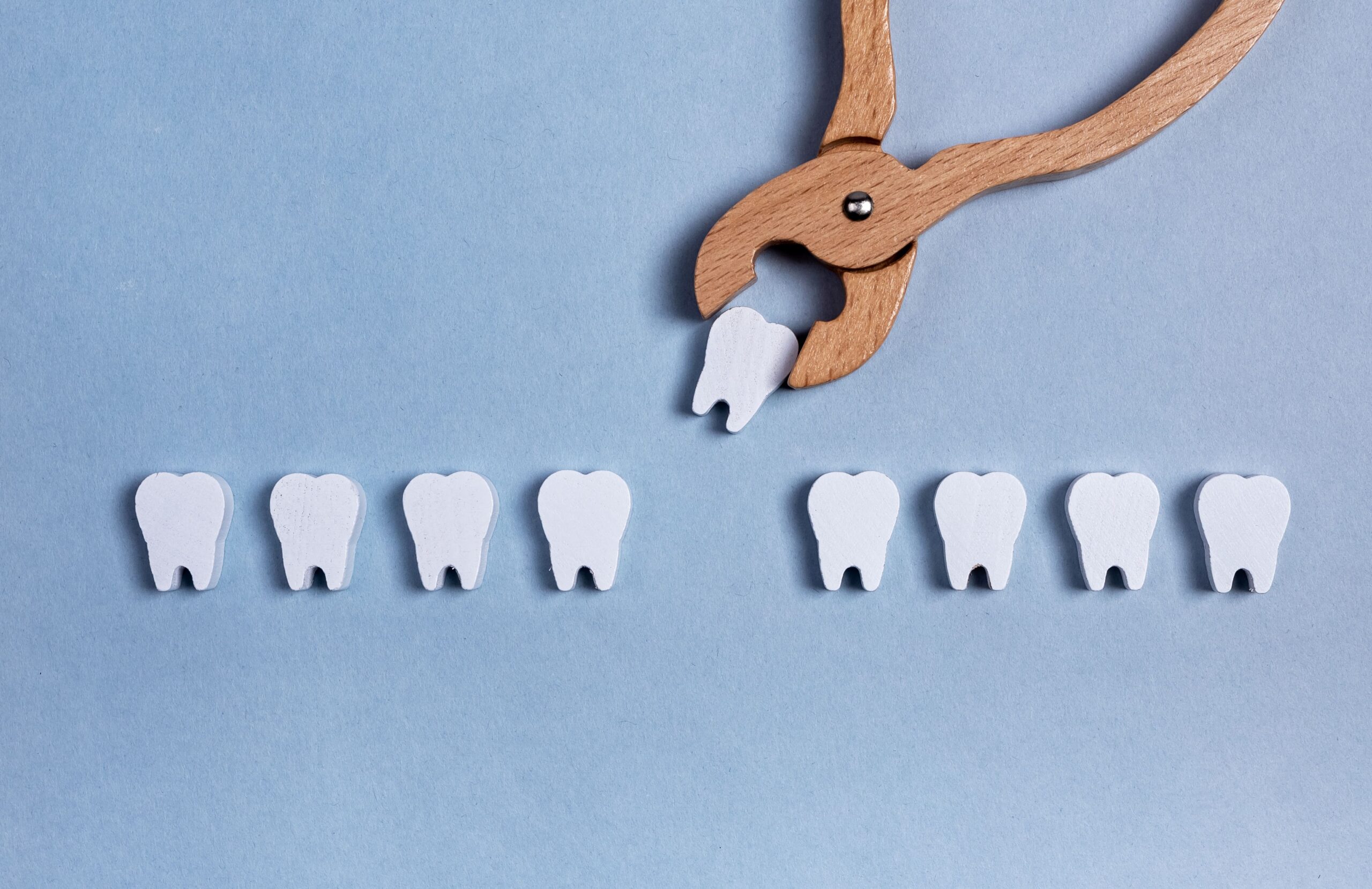Tooth extraction is a common dental procedure that many people must endure at some point in their lives.
During an appointment, your dentist will remove the tooth from the socket in the jawbone. Severe dental decay, impacted wisdom teeth, orthodontic needs, substantial gum disease, overcrowding, trauma, infection, and the emergence of extra teeth that do not fit well in the mouth are all reasons for extraction. If a tooth extraction is recommended, it is important to consult with your dentist in South Edmonton or an oral surgeon to fully understand the procedure and its consequences.
The Tooth Extraction Process
Assessment and Consultation
Your dentist will check your mouth and take x-rays before extracting a tooth to identify the tooth’s position and the surrounding bone. This initial assessment aids in identifying the best extraction process.
Anesthesia
Your dentist will administer local anesthesia to make sure you don’t feel anything during the procedure. They might recommend sedatives or general anesthesia if you are nervous or need multiple teeth extracted.
Extraction
The extraction process involves loosening the tooth from its socket in the bone. This is done using specialized instruments. Your dentist near you may need to make an incision in the gum to access the tooth, especially if it’s impacted.
Post-Extraction Care
The tooth is first removed from its bone socket by loosening it during the extraction procedure. This is done using specialized instruments. If the tooth is impacted or needs to be accessed, the dentist may need to make an incision in the gum.
What to Expect Following Your Treatment
Despite the fact that most tooth extractions in South Edmonton proceed without any problems and result in a very pleasant recovery, it is important to be aware of any potential negative side effects that can occur. The following adverse consequences are some to be aware of, along with when to seek dental care:
- Swelling and discomfort
- Bleeding
- Dry socket
- Infection
- Nerve damage
- Complications with stitches
- Allergic reactions
- Jaw stiffness and limited mouth opening
- Delayed healing
Aftercare for Tooth Extraction
Managing Pain and Swelling
Minor pain and swelling are common after the extraction. You can either use over-the-counter pain relievers or ask your dentist to prescribe pain relievers. Place an ice pack on the location of the injury for 15-20 minutes at a time to minimize swelling.
Oral Hygiene
Keeping up good dental hygiene is essential for a speedy recovery. For the first 24 hours, you should refrain from brushing the extraction site. To keep the area clean and avoid infection, gently rinse your mouth with warm saltwater.
Diet
A soft diet should be followed for a few days following the extraction. Avoid harsh, hot, and spicy foods, as they can irritate the healing area. Choose foods like mashed potatoes, applesauce, and yogurt.
Rest and Relaxation
It is essential that you give your body the time it needs to recover. For a few days, stay away from strenuous activities since this may intensify bleeding and discomfort.
Avoid Smoking and Alcohol
For at least 48 hours following the dental extractions near you, refrain from alcohol and tobacco, as these can slow the healing process and raise the possibility of complications.
